Private flood insurance is a relatively new service offered to homeowners, especially for those not living in “high-risk flooding areas.” Currently, most homeowners have government-backed flood insurance through the National Flood Insurance Program (NFIP). This is a federal program that’s been available since 1969, but has currently been under financial duress after several years of heavy storms and hurricanes. Some insurance experts agree that the NFIP has been underpricing policies for too long and won’t be able to work through its deficits, even with modest price increases.
What does this mean for homeowners and homeowner associations?
To begin with, many homeowners don’t even know that typical homeowner’s insurance does not include flooding. Sixty years ago, insurers decided that it was too difficult to calculate whether someone was truly “at-risk” for flooding, and felt like the cost-reward to offering flood insurance had too many unknowns to offer it. To this day, most homeowner’s insurance bundles don’t include flooding coverage. So when seeking out flood coverage in the past, most homeowners only had two choices: one of a few private insurers that may not be approved by lenders, or the NFIP.
Private insurers feel like the unknowns of flooding is no longer a real viable concern. With new formulas and insurance models, providers are beginning to express confidence that they can offer, and possibly even bundle, flood insurance that will benefit both the insurer and the insured.
Finding the Right Policy
The biggest potential benefit for homeowners to go with private flood insurance is that private insurers can offer much better benefits, possibly at premiums than the federal program. Currently, the NFIP policies typically have a max coverage of $250,000 for home structure and $100,000 on possessions, which means that if your home is valued at more than $350,000, you won’t have enough coverage. Additionally, the NFIP combines all possessions into one category and will only pay $2,500 in damages. Private insurers will enable you to itemize and individually cover possessions for higher limits.
As always, there are some risks involved with private flood insurance. The biggest issue in that this type of flood insurance is largely untested during a full-scale natural disaster, so it’s unknown how reliable the insurers will be when it’s time to handle claims and pay out damages. Finally, it can be difficult to get mortgage lenders to approve private flood insurance, since they are widely untested. This means that, until there is new legislation passed, private flood insurance will continue to be difficult to obtain.
If you have questions about flood insurance and if it’s something your community association should consider, contact Blue Lime!
With all that said, private flood insurance is definitely becoming an option that more HOAs and homeowners should research and look into. The possible benefits and improved coverage may greatly benefit your family in the event of a disaster.





